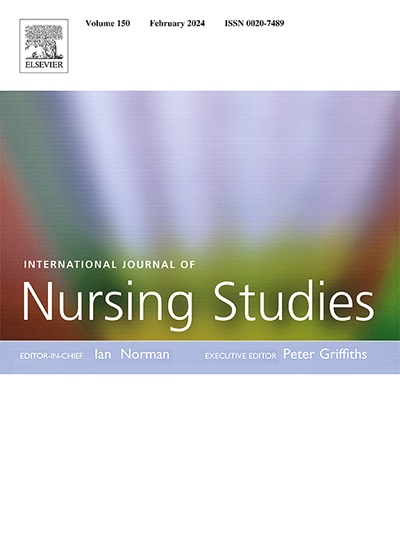急危疾病后的驾驶行为和驾驶结果:一项系统综述
IF 7.1
1区 医学
Q1 NURSING
引用次数: 0
摘要
因急性或危重疾病住院康复的成年人经常面临新的或恶化的身体和认知障碍,这可能影响他们的驾驶能力和安全。本综述的目的是综合急性或危重疾病住院后6个月内驾驶行为和结果的证据,以指导患者护理、提供者建议和未来的研究。方法综合检索1997年至2023年10月20日的PubMed、CINAHL、PsycINFO、Cochrane数据库,采用正向和反向检索。主要包括涉及车辆驾驶员的实证研究。如果研究的参与者少于5人,或者研究的重点是急性医疗状况,并且已经建立了驾驶康复计划,则该研究将被排除在外。两位审稿人筛选摘要和全文,通过讨论解决差异。结果19项研究符合纳入标准。这些研究中的驾驶行为和安全数据来自模拟器(n = 10)、自我报告(n = 8)和行政/监管数据集(n = 1)。模拟研究主要集中在术后人群和制动反应时间上。自我报告研究强调了暂停驾驶、停止驾驶和感知安全问题。研究设计和人群的异质性限制了正式的荟萃分析。关于住院后驾驶安全和行为的证据是不一致和稀少的,一些研究表明碰撞率没有显著变化,而另一些研究表明风险增加。因此,临床医生在建议重返驾驶方面面临挑战。有必要进行强有力的研究设计和自然驾驶研究,以检查住院对驾驶安全的具体影响,并制定基于证据的指导方针,以解决出院计划,回答“我什么时候应该重新开车?”RegistrationPROSPERO标识符CRD42023464876。本文章由计算机程序翻译,如有差异,请以英文原文为准。
Driving behavior and driving outcomes after acute and critical illness: A systematic review
Background
Adults recovering from hospitalization for acute or critical illnesses often face new or worsening physical and cognitive impairments, which can impact their driving abilities and safety. The purpose of this review is to synthesize evidence on driving behaviors and outcomes in the six months following hospitalization for acute or critical illness to guide patient care, provider recommendations, and future research.
Methods
A comprehensive search was conducted on PubMed, CINAHL, PsycINFO, and Cochrane databases from 1997 to October 20, 2023 with forward and backward searches.
Primary empirical research involving vehicle drivers was included. Studies were excluded if they involved fewer than five participants, or if they focused on acute medical conditions with established driving rehabilitation programs. Two reviewers screened abstracts and full texts, resolving discrepancies through discussion.
Results
Nineteen studies met the inclusion criteria. Driving behavior and safety data from these studies were derived from simulators (n = 10), self-reports (n = 8) and administrative/regulatory datasets (n = 1). Simulation studies primarily focused on post-surgical populations, and brake reaction times. Self-report studies highlighted driving suspension, cessation, and perceived safety issues. The heterogeneity of study designs and populations limited formal meta-analyses.
Discussion
The evidence on driving safety and behavior post-hospitalization is heterogeneous and sparse, with some studies indicating no significant change in collision rates and others showing increased risks. Consequently, clinicians face challenges in recommendations on return to driving. There is a need for robust study designs and naturalistic driving studies to examine the specific impacts of hospitalization on driving safety and to develop evidence-based guidelines to address discharge planning to answer questions of “when should I return to driving?”
Registration
PROSPERO identifier CRD42023464876.
求助全文
通过发布文献求助,成功后即可免费获取论文全文。
去求助
来源期刊
CiteScore
15.00
自引率
2.50%
发文量
181
审稿时长
21 days
期刊介绍:
The International Journal of Nursing Studies (IJNS) is a highly respected journal that has been publishing original peer-reviewed articles since 1963. It provides a forum for original research and scholarship about health care delivery, organisation, management, workforce, policy, and research methods relevant to nursing, midwifery, and other health related professions. The journal aims to support evidence informed policy and practice by publishing research, systematic and other scholarly reviews, critical discussion, and commentary of the highest standard. The IJNS is indexed in major databases including PubMed, Medline, Thomson Reuters - Science Citation Index, Scopus, Thomson Reuters - Social Science Citation Index, CINAHL, and the BNI (British Nursing Index).

 求助内容:
求助内容: 应助结果提醒方式:
应助结果提醒方式:


